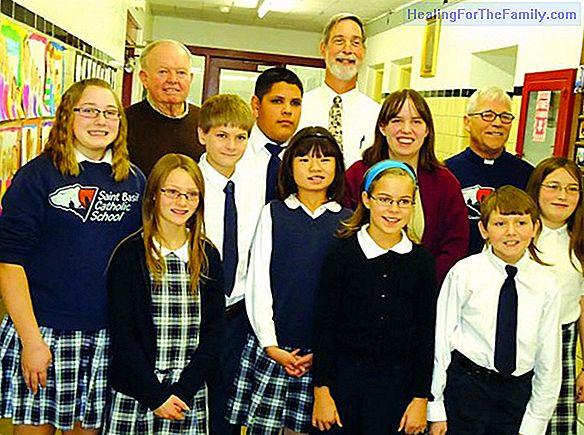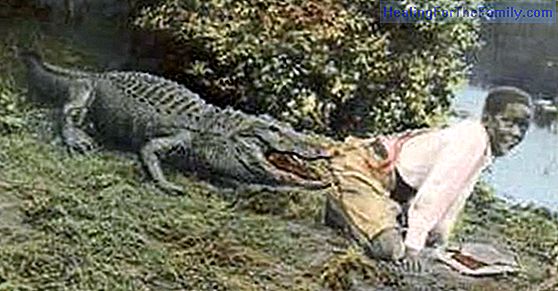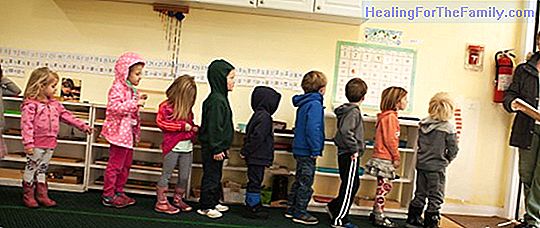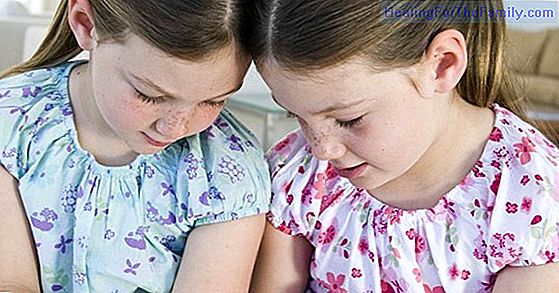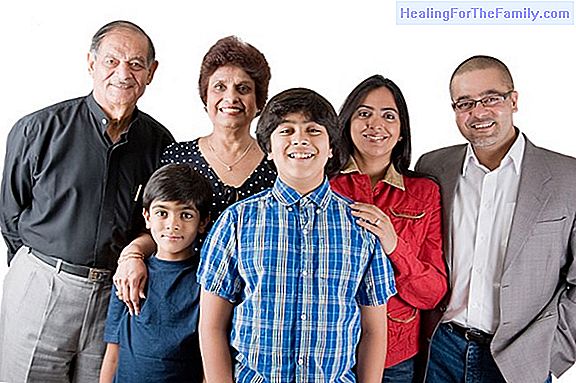Torticollis in newborns
Torticollis can appear in both adults and children. Specifically in the infant there are several types of torticollis, but the most common type is congenital muscular torticollis. Babies born with torticollis are always sleeping on the same side in the crib, they do not turn their heads even when yo
Torticollis can appear in both adults and children. Specifically in the infant there are several types of torticollis, but the most common type is congenital muscular torticollis.
Babies born with torticollis are always sleeping on the same side in the crib, they do not turn their heads even when you encourage them to do so with noises or lights to get their attention. Detecting these symptoms early is important, because otherwise torticollis can cause major problems, such as plagiocephaly.
Congenital torticollis in the newborn
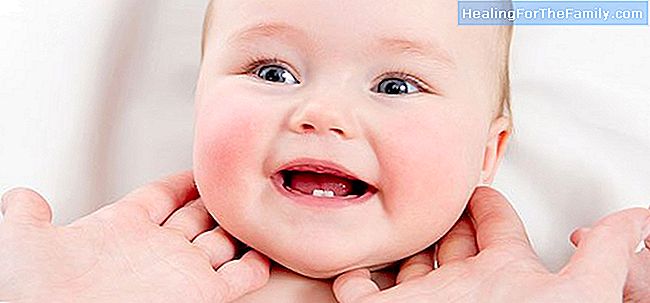
This type of torticollis, congenital torticollis, occurs in the newborn or manifests during the first two months of life. It is characterized by a shortening of the sternocleidomastoid muscle, which causes a tilt of the head towards the affected side, associated with rotation of the chin towards the opposite side. Sometimes a visible bulge of the muscle is seen and sometimes a global thickening of the muscle.
The origin or cause is not clear, it could be due to a bad intrauterine position or to a muscular hematoma due to trauma during delivery, among other causes.
How to detect if the baby has torticollis
In most cases, it is the parents who detect that the baby has any of these symptoms:
- Keeps his head on one side permanently or can not turn it aside. D - He always sleeps on the same side and complains if we try to change him to the opposite side.
- There is
presence of a lump in the neck muscle (it can be detected by palpation or even visually). In the face of any of these symptoms, parents should go immediately to the pediatrician because it is very important
early diagnosis and rule out other causes of more serious torticollis.Treatment of torticollis in babies
Once correctly diagnosed, it will be derived to
physiotherapy services , and the evolution is usually very positive. It is important that el rehabilitation treatment be started early, which will improve the results and avoid possible complications derived from the pathology (plagiocephaly, psychomotor maturational delay, scoliosis of the infant ...).The involvement of the parents in the treatment
is fundamental, it is crucial that they participate in it under the guidelines of the specialists, who will advise and instruct them in the realization of exercises and in the handling of the baby during the activities of life daily



